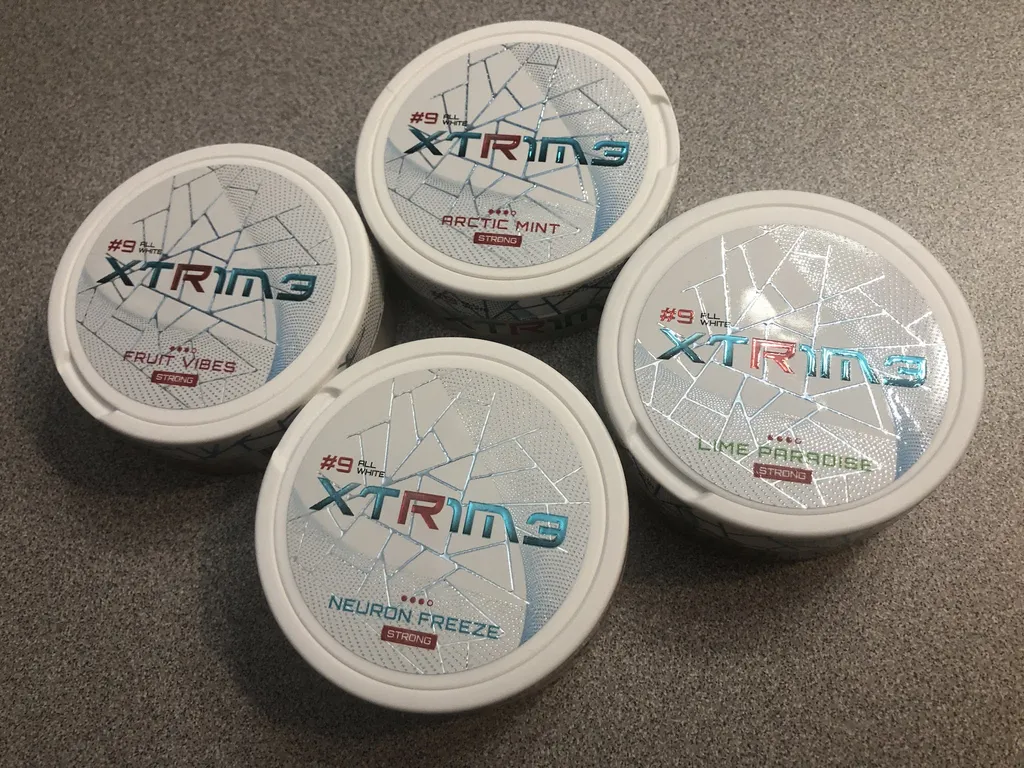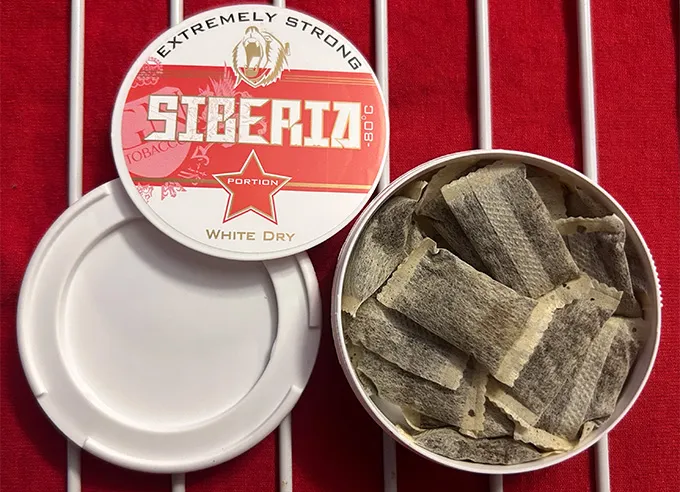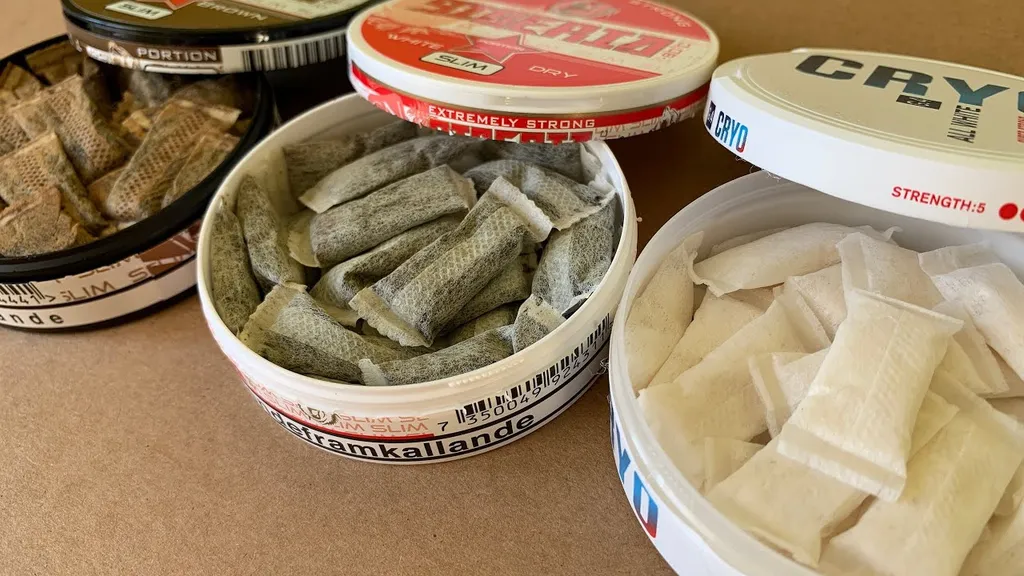Have you ever wondered about the world of smokeless tobacco and nicotine pouches? It’s a landscape that’s changed a lot, and at the center of it all are products like snus and Zyn. What distinguishes them, and where do they overlap? Let’s take a closer look at the nuances.
Understanding Snus
Snus, originating from Sweden, boasts a long and storied history. It’s a moist, ground tobacco product that users place under their upper lip. The process releases nicotine, providing a satisfying experience without the smoke associated with cigarettes.
Several factors set snus apart. One key aspect is its production method. Swedish snus, in particular, often undergoes steam pasteurization. This process reduces the levels of harmful compounds compared to other smokeless tobacco products. Consequently, Swedish snus has garnered attention for potentially being a less harmful alternative to smoking, a claim supported by numerous studies.
Furthermore, snus comes in various forms, from loose to portioned pouches. Loose snus requires the user to pinch and shape the tobacco into a prilla, while portioned pouches offer convenience and ease of use. Flavors also vary widely, from traditional tobacco tastes to mint and fruit infusions.
But how does all of this stack up against Zyn?
Delving into Zyn
Zyn, on the other hand, represents a more recent entry into the market. It belongs to the category of nicotine pouches, which are tobacco-free products. These pouches contain nicotine, plant-based fillers, flavorings, and sweeteners. Like snus, users place Zyn pouches under their upper lip, allowing the nicotine to absorb into the bloodstream.
The absence of tobacco constitutes a primary difference between Zyn and snus. This distinction appeals to individuals seeking a nicotine product without the perceived risks associated with tobacco. Zyn comes in an array of flavors and nicotine strengths, catering to a diverse audience.
The increasing popularity of Zyn reflects a broader trend toward tobacco-free alternatives. But does this mean that Zyn is simply a modern take on snus? Or are there more fundamental differences at play?
Snus vs. Zyn − Key Distinctions
The most significant difference boils down to the presence or absence of tobacco. Snus contains tobacco, while Zyn does not. This single factor affects everything from the production process to the perceived health risks.
Another distinction lies in the overall experience. Snus aficionados often appreciate the traditional tobacco flavor and the ritualistic aspect of using loose snus. Zyn users, conversely, may favor the cleaner taste and the convenience of tobacco-free pouches.
Consider also the regulatory landscape. In some regions, tobacco products face stricter regulations than nicotine pouches. This can impact the availability and marketing of snus and Zyn.
So, if someone asks you, “is snus the same as zyn?”, you can confidently explain the nuances.
Public Perception and Health Considerations
Public perception of snus and Zyn varies considerably. Snus carries a certain stigma associated with smokeless tobacco, despite evidence suggesting it may be less harmful than smoking. Zyn, being tobacco-free, often enjoys a more positive image, particularly among younger consumers.
Health concerns remain paramount. While Swedish snus has shown some promise as a harm reduction tool, it is not without risks. Nicotine itself is an addictive substance, and both snus and Zyn can lead to dependence.
Long-term effects of using nicotine pouches like Zyn are still being studied. More research is needed to fully understand the potential health implications. Regardless, it is crucial to remember that neither snus nor Zyn is entirely risk-free.
The Future of Nicotine Products
The market for smokeless tobacco and nicotine pouches continues to evolve. Innovation drives the development of new products with varying nicotine strengths, flavors, and delivery methods. As regulatory landscapes shift and public awareness grows, the future of these products remains uncertain.
What is clear is that consumers are increasingly seeking alternatives to traditional cigarettes. The demand for discreet, convenient, and potentially less harmful nicotine options is fueling the growth of the snus and nicotine pouch markets.
Is snus and zyn simply a stepping stone towards a smoke-free future? Or are they merely different paths to the same destination, namely nicotine consumption? Only time will tell.
Ultimately, understanding the differences between snus and Zyn empowers consumers to make informed choices. Knowing the ingredients, the potential risks, and the regulatory landscape allows individuals to navigate the complex world of modern nicotine products responsibly.
The choice between snus and Zyn, like many choices, rests on individual preferences, priorities, and a careful consideration of the available information.



